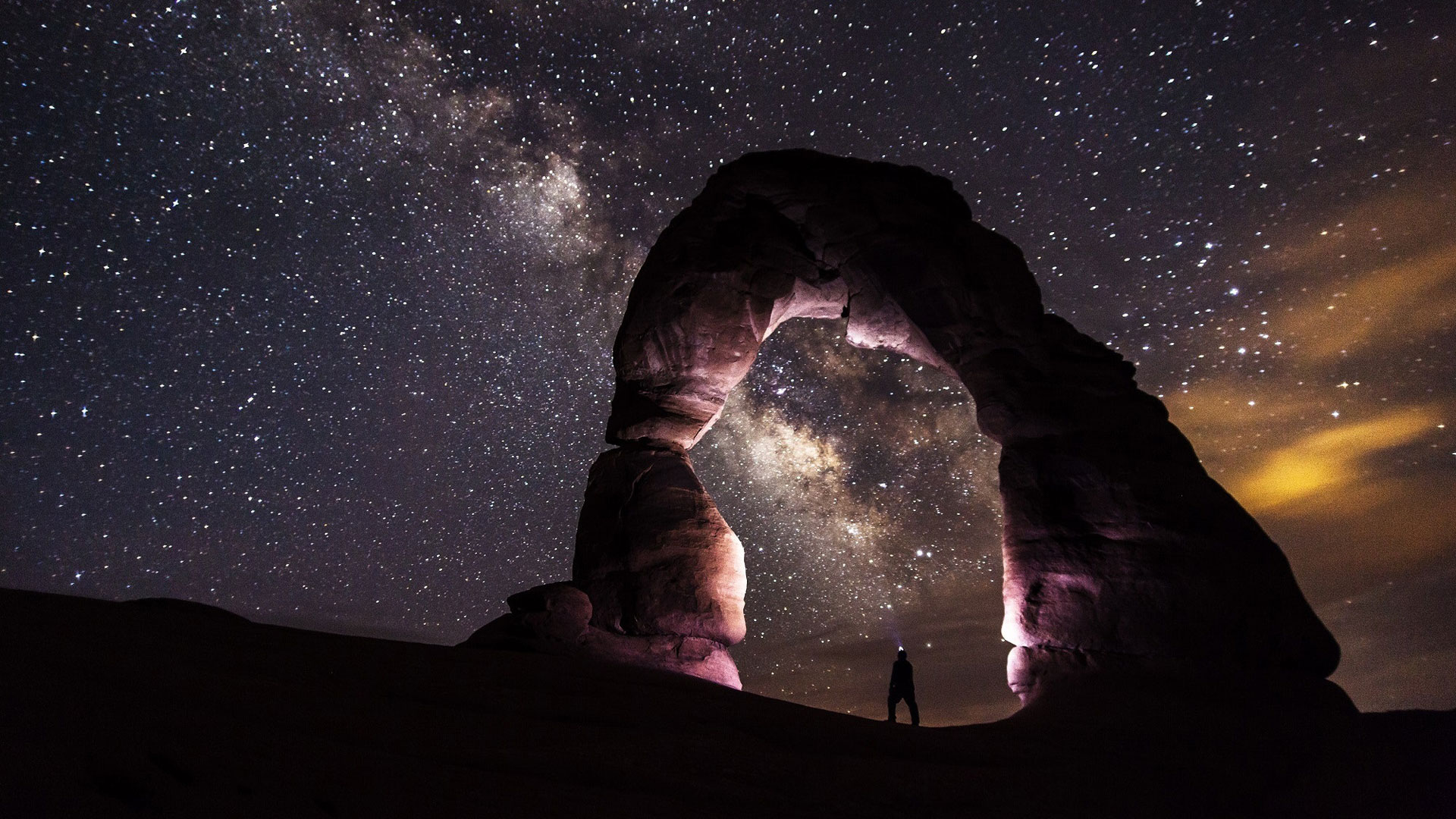

Are you finding stargazing confusing? There's a lot more to seeing stars than simply buying a telescope and looking up, and if you're not going about things properly then you could be in for some long, cold nights of disappointment.
Naturally a great way to avoid disappointment from the start is to ensure that you have the right equipment. Our article on how to choose your first telescope will ensure that you don't start out with a piece of kit that'll frustrate you from the outset, and from there you should check out our guides to the best telescope and the best telescope for beginners.
Even if you've chosen wisely, you may still find yourself failing to get great results, but that's where we can help. Whether you’re not sure what you’re doing, or if you’re ready to take the next step to more serious stargazing, these top tips will help you navigate the night better.
1. Understand the Moon
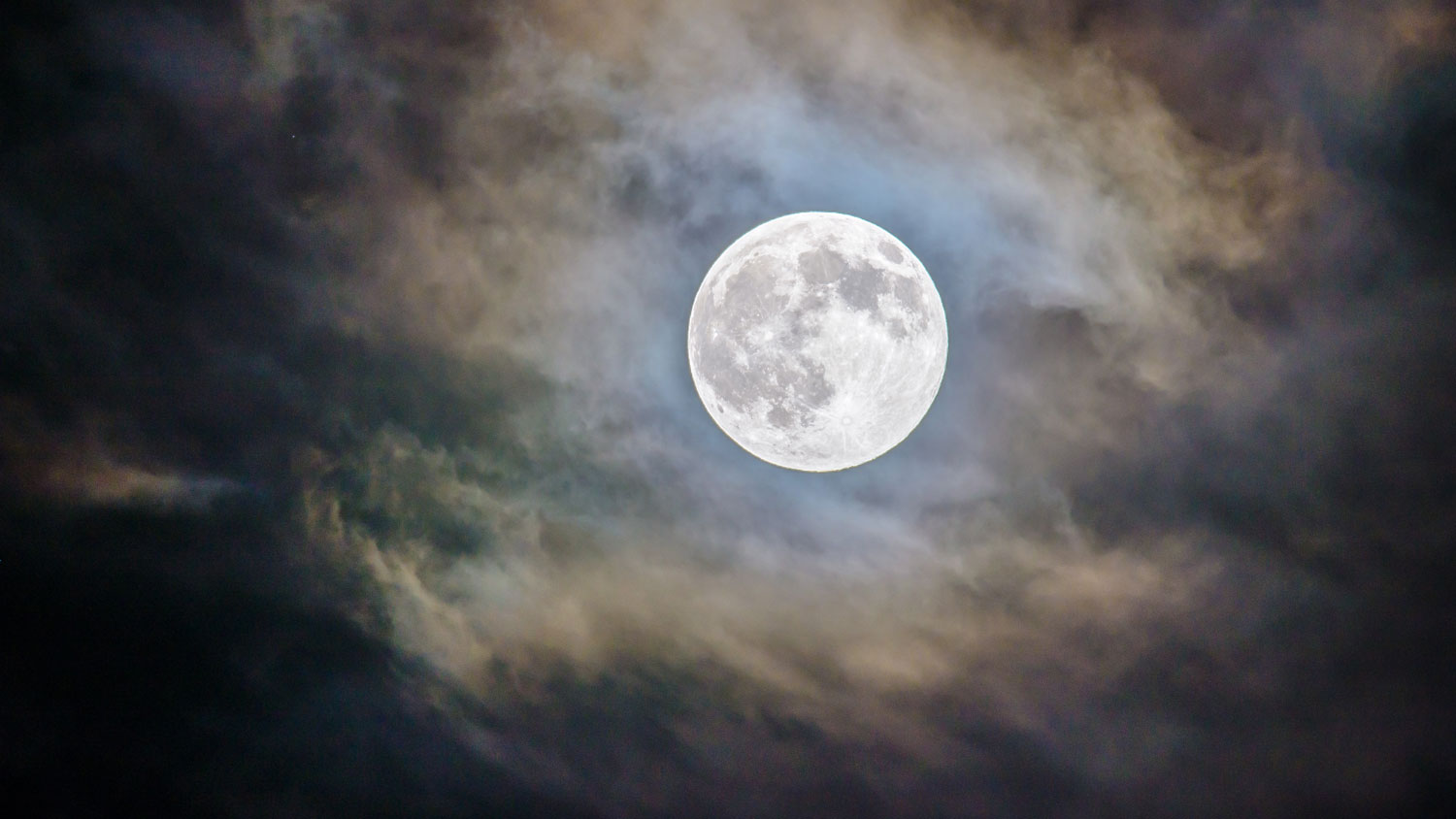
If you go stargazing when there’s a full Moon you won’t see many stars however dark the location. So look at the current Moon Phase and get yourself to a dark sky location in the period between Last Quarter Moon and a few days after New Moon for the darkest skies and the most stars.
2. Check the weather
You want a clear view, particularly if you want to learn to navigate the night sky. Cloud not only makes it impossible to see stars in relation to one another, but they make it impossible to appreciate the night sky as one. Save yourself wasted time and check the weather before you go out using apps like Scope Nights and Clear Outside.
3. Choose a dark sky site
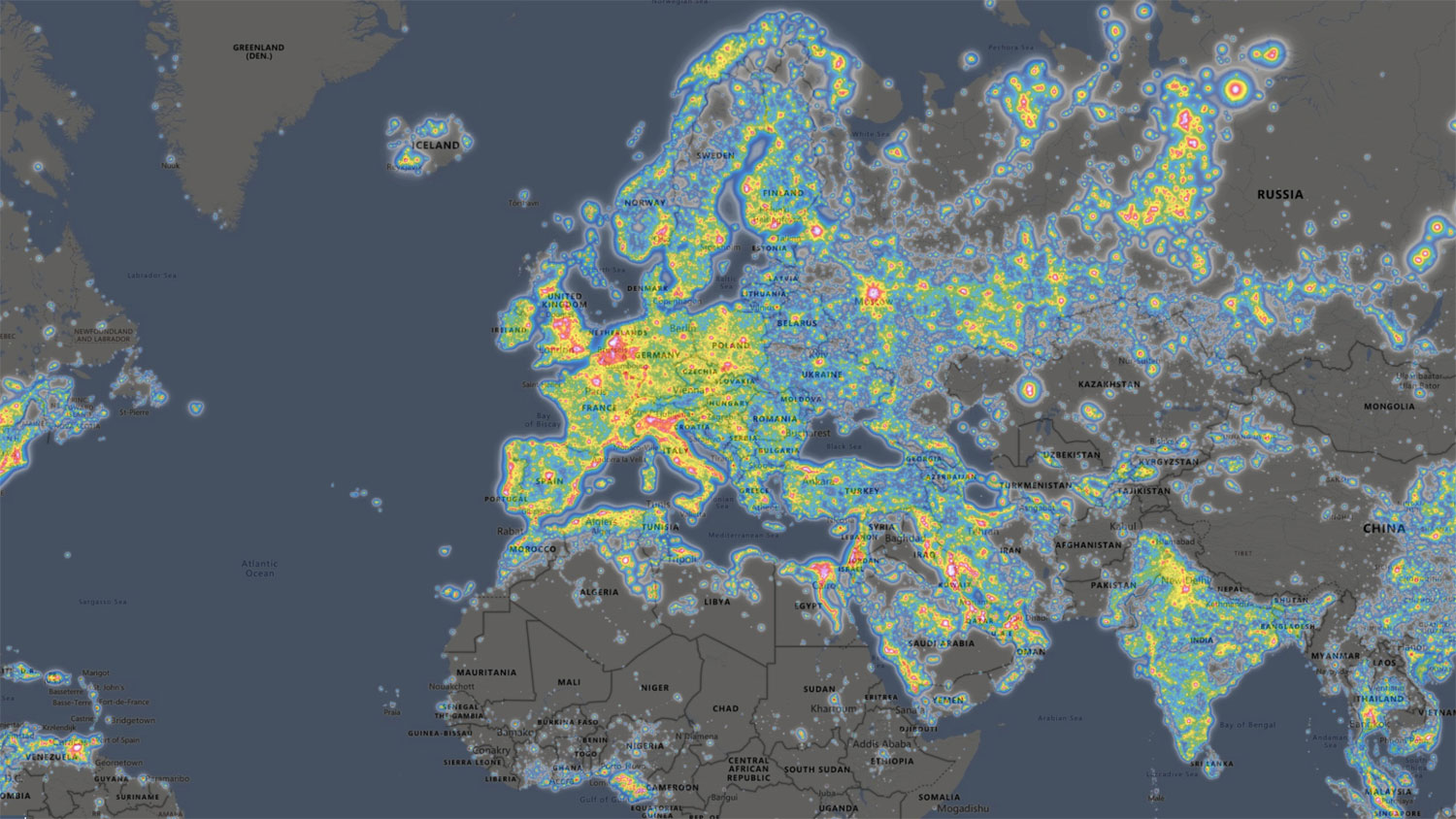
You can go stargazing from anywhere on the planet – even in a brightly-lit city – but the number of stars and objects you can see are greatly reduced. Find a dark sky using websites like Dark Site Finder and Light Pollution Map and you’ll be treated to a sky full of stars. However, it’s actually easier to begin your stargazing journey in a city where there’s a lot less to learn!
- Beginner's guide to stargazing: how to find dark skies and the best gear
- How to choose and use binoculars for stargazing and astronomy
- Where to go stargazing in the UK
4. Dark adapt your eyes
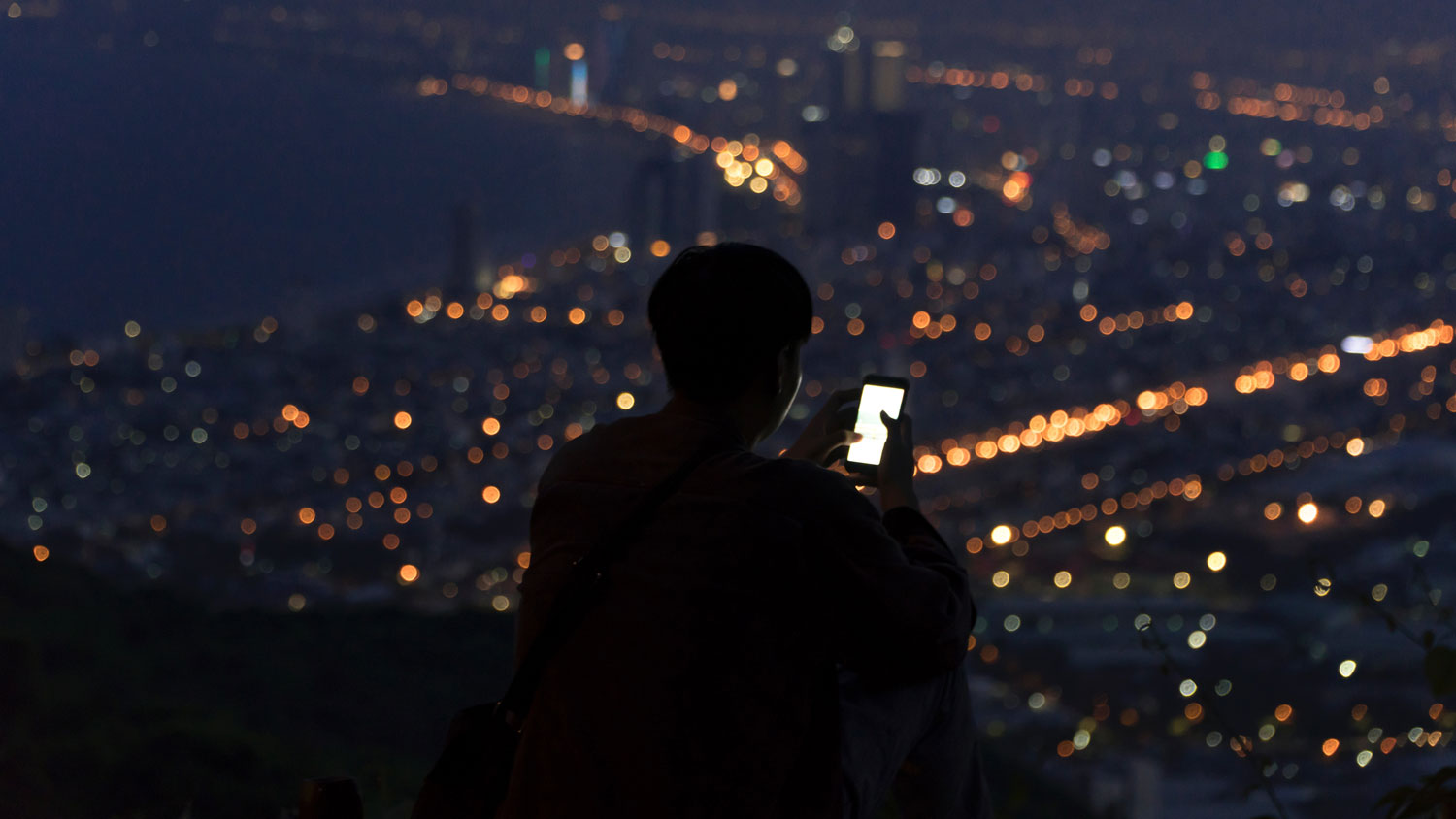
The white light from a smartphone will ruin your night vision. Stay away from it for about 20 minutes and you'll see things like star clusters and galaxies more clearly – both naked eye or through binoculars/a telescope.
Sign up to the T3 newsletter for smarter living straight to your inbox
Get all the latest news, reviews, deals and buying guides on gorgeous tech, home and active products from the T3 experts
5. Practise what you know
Do you know where the Plough is? Go find it each time you stargaze and use it as your anchor. If you know where everything is in relation to a constellation you know then you’ll learn how to navigate the night sky much faster. For example, from the Plough you can go ‘arc to Arcturus’ and ‘spike to Spica’, that will allow you to easily find two of the brightest stars of spring – and the Milky Way rising underneath between April and October.
6. Use a smartphone app
There are dozens of excellent ‘planetarium’ stargazing apps that use augmented reality and the GPS on your phone to show you what stars your phone is pointed at. They’re best used not just to wave around at the night sky, but to learn something new.
7. Change locations
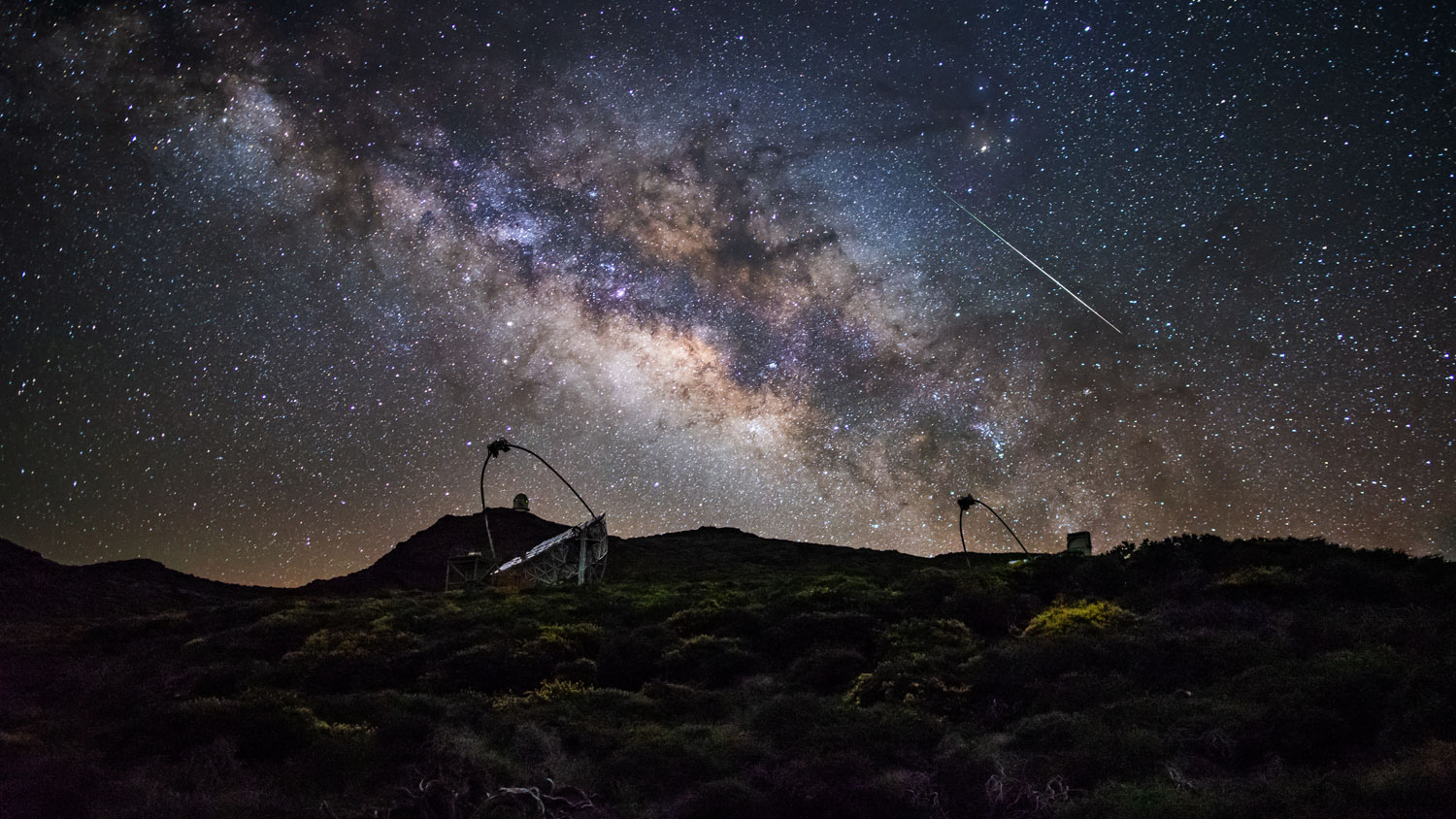
What you see in the night sky will differ according to when you stargaze – both time of night and time of year – but also where you are on the planet. If you live in the southern hemisphere then you’ll see new constellations the further you get south. For example, go to the Canary Islands at 28º North and you’ll see the core of the Milky Way – in Sagittarius and Scorpius – rising in summer, something that’s tricky to see from the UK.
Jamie is a freelance journalist, copywriter and author with 20 years' experience. He's written journalism for over 50 publications and websites and, when he's not writing, spending most of his time travelling – putting the latest travel tech through its paces.
-
 A new age of humanity wins the Sony World Photography Awards 2025
A new age of humanity wins the Sony World Photography Awards 2025Zed Nelson's Anthropocene Illusion highlights the influence of humans on the environment and the artificial spaces left for wildlife in a powerful set of images to win this year's SWPA Photographer of the Year
By Mat Gallagher
-
 How to watch Mario Kart World Direct – everything you need to know about the Switch 2 launch game
How to watch Mario Kart World Direct – everything you need to know about the Switch 2 launch gameNintendo will host a new Nintendo Direct presentation this week, here's how to watch it live and what to expect
By Rik Henderson
-
 The AeroPress Go Plus is the gadget I need for my next outdoor adventure
The AeroPress Go Plus is the gadget I need for my next outdoor adventureWhether you’re off camping or heading on a hike, the new AeroPress Go Plus lets you enjoy great coffee on the go
By Bryony Firth-Bernard
-
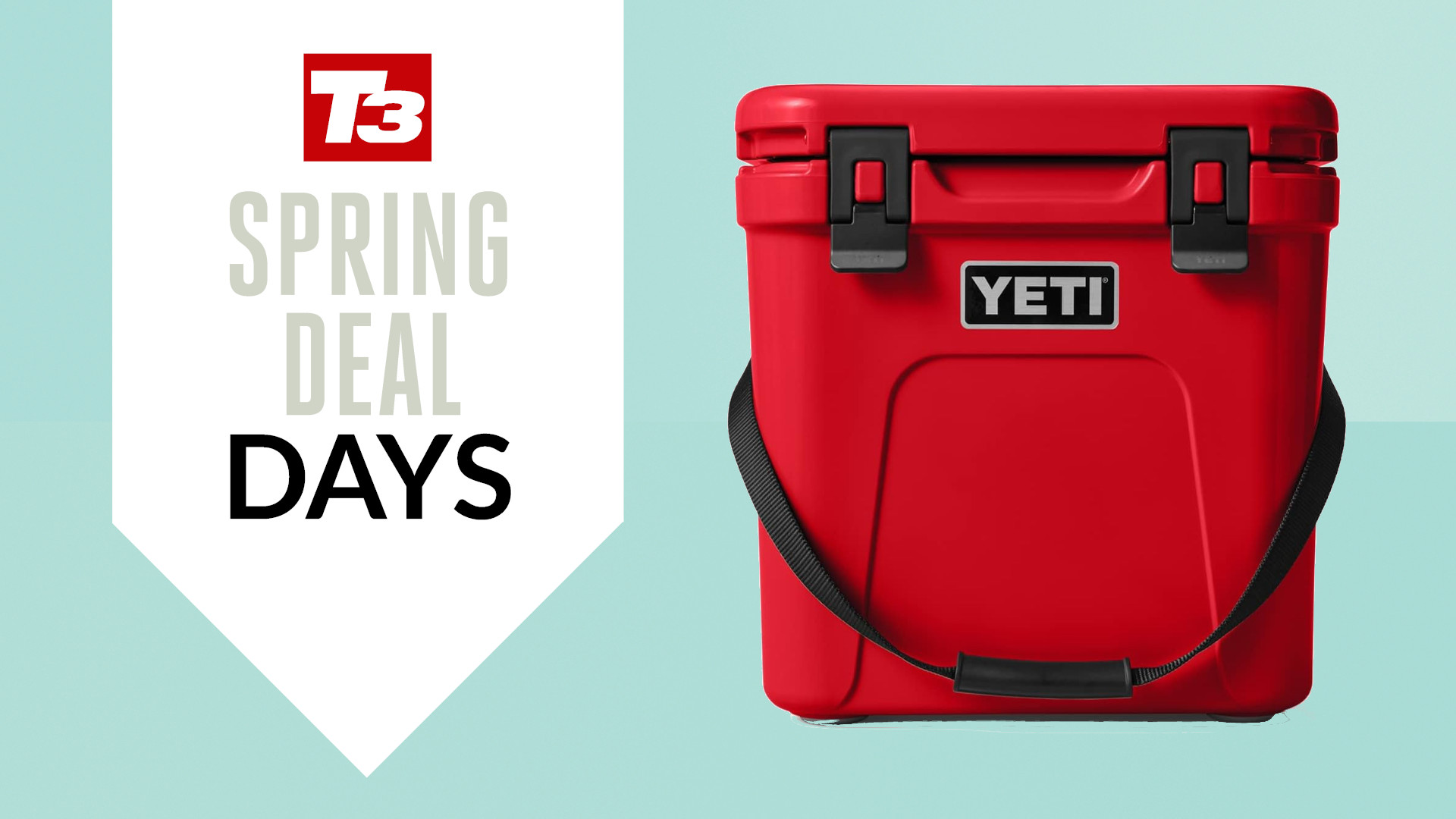 YETI has discounted a ton of its best-selling coolers and tumblers in Amazon’s Big Spring Sale
YETI has discounted a ton of its best-selling coolers and tumblers in Amazon’s Big Spring SaleJust in time for the warmer months
By Bryony Firth-Bernard
-
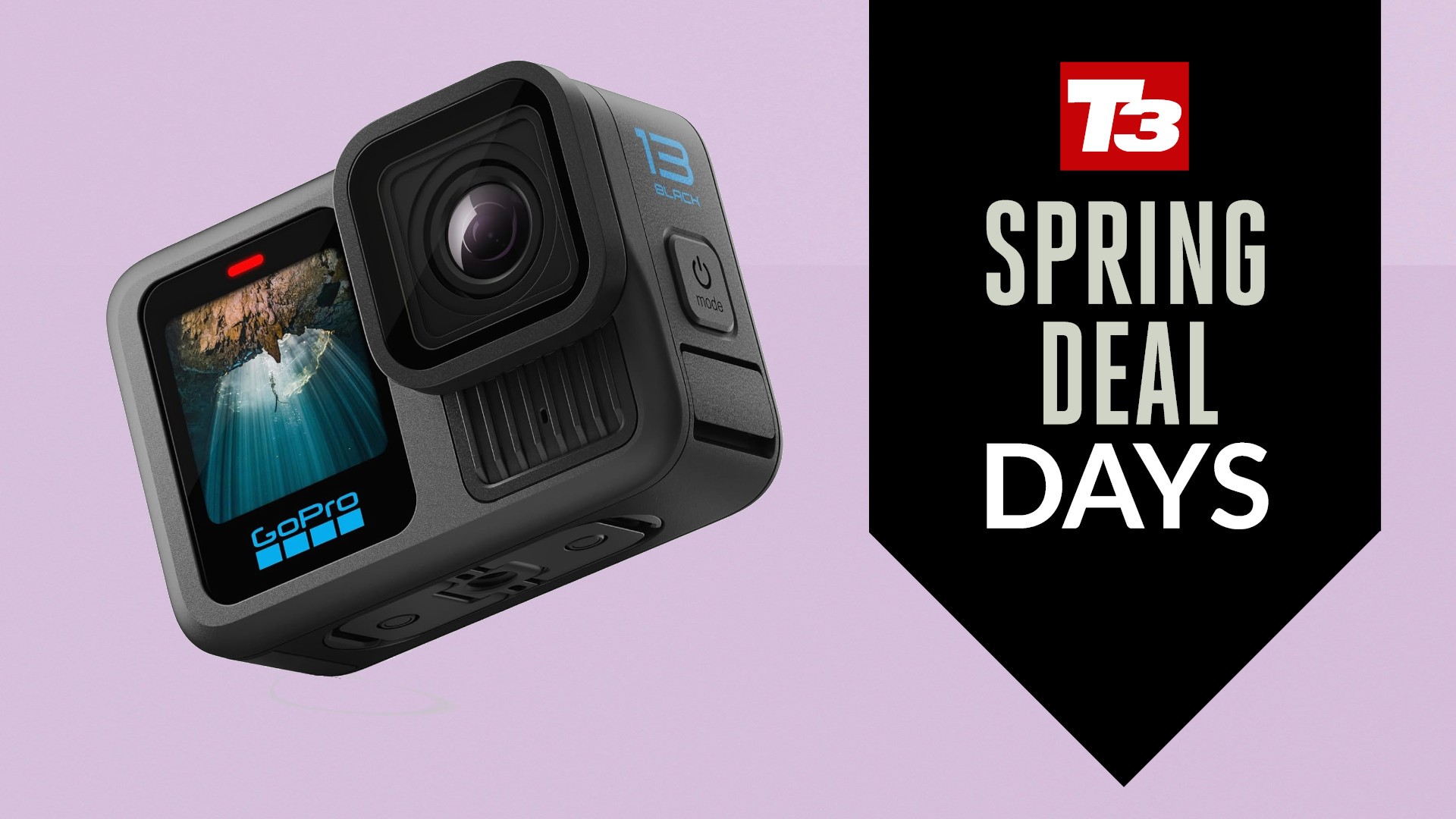 GoPro's latest flagship action cam just got a major price cut in Amazon's spring sale deal
GoPro's latest flagship action cam just got a major price cut in Amazon's spring sale dealYou can pick up the Hero 13 Black with almost 20% off
By Lee Bell
-
 How to pack your rucksack for a hiking or camping trip
How to pack your rucksack for a hiking or camping tripPack properly, save space and get easier access to the items you need the most
By Bryony Firth-Bernard
-
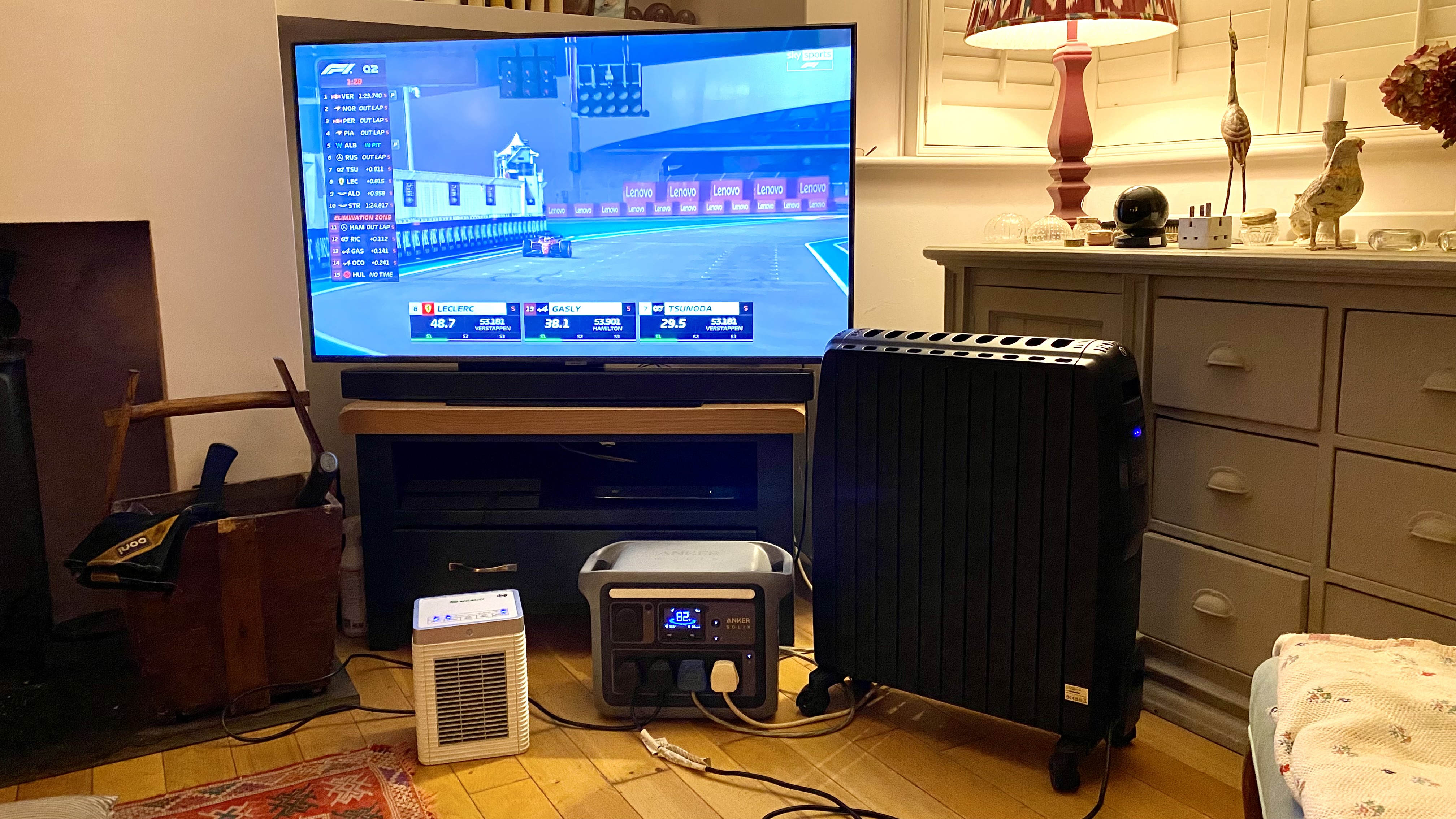 Change my mind: the smaller, the better with portable power stations
Change my mind: the smaller, the better with portable power stationsPut your portable power station to work when you’re not using it
By Derek Adams
-
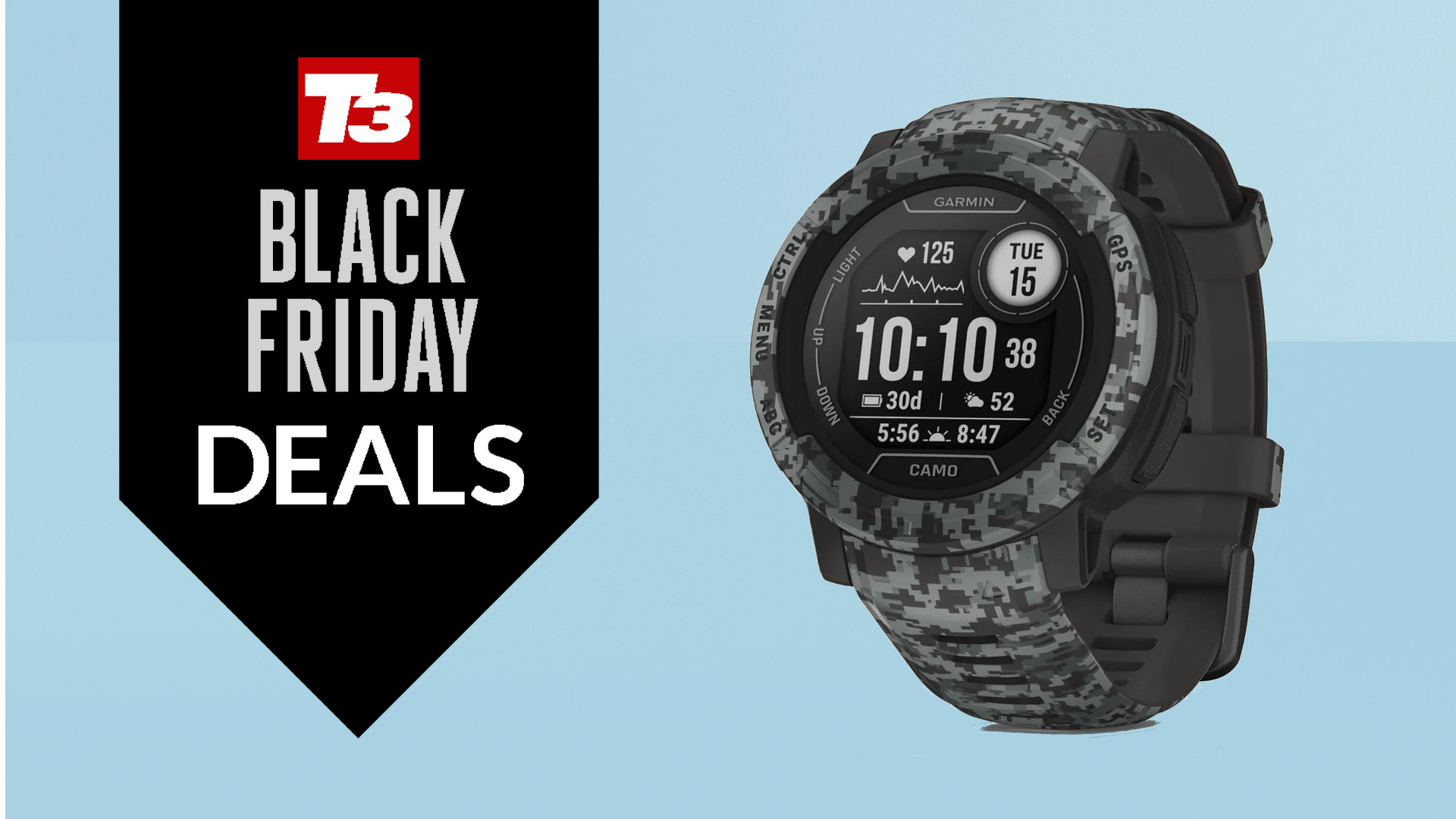 This rugged adventure Garmin is mega cheap in Walmart’s Black Friday sale
This rugged adventure Garmin is mega cheap in Walmart’s Black Friday saleThe Instinct 2 is a top watch for outdoor and sport enthusiasts
By Bryony Firth-Bernard
-
 YETI’s best-selling products are ridiculously cheap in Amazon’s Black Friday sale
YETI’s best-selling products are ridiculously cheap in Amazon’s Black Friday saleFancy yourself a tumbler, rambler or cooler? Amazon's reduced them all
By Bryony Firth-Bernard
-
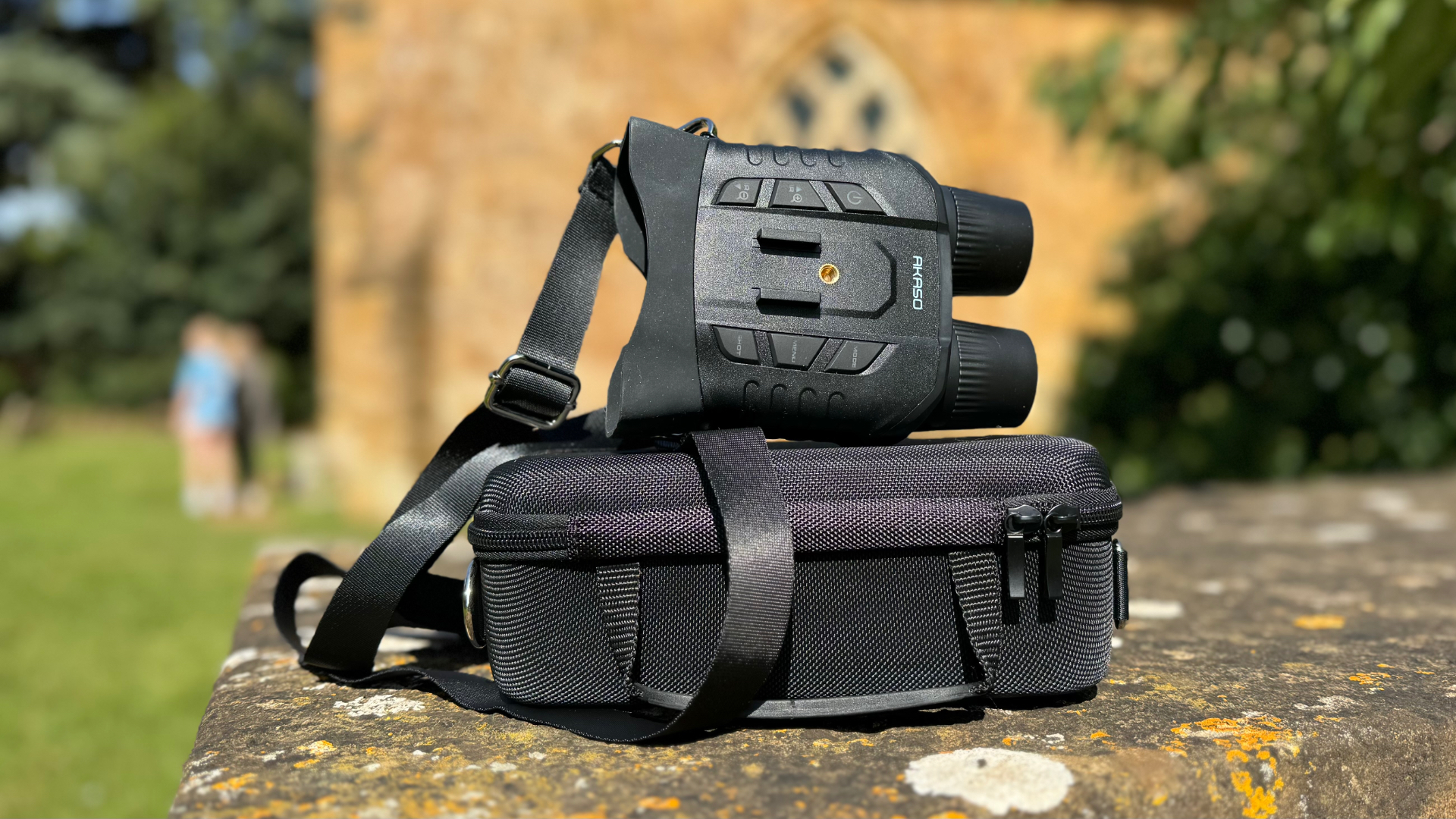 AKASO Seemor 200 night vision goggles review: unparalleled clarity for nighttime adventures
AKASO Seemor 200 night vision goggles review: unparalleled clarity for nighttime adventuresAKASO’s new NVD unlocks the night with cutting-edge colour vision technology
By Derek Adams